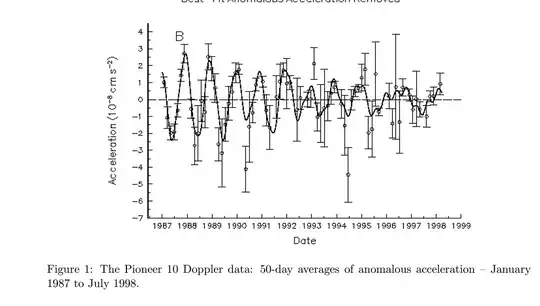Let's assume a non-rotating point mass with mass $M$. A non-massive object travels with constant velocity $\mathbf{v}_t$, with respect to the point mass, in the vicinity of the point mass. A non-massive observer, with constant velocity $\mathbf{v}_o\neq\mathbf{v}_t$, with respect to the point mass, is observing the target.
Without the point mass special-relativistic Lorentz transformations can be applied to perform a coordinate transformation. The question is how the coordinate transformation looks like in general-relativistic case, i.e. by considering the effect of the point mass?
In principle, the transformation should contain the Lorentz transformation as a limiting case for $M\rightarrow 0$.
Usually, the Schwarzschild metric is cited for a point mass potential $${\displaystyle \mathrm {d} s^{2}=-\left(1-{\frac {2M}{r}}\right)\mathrm {d} t^{2}+{\frac {1}{1-{\frac {2M}{r}}}}\mathrm {d} r^{2}+r^{2}\mathrm {d} \theta ^{2}+r^{2}\sin ^{2}(\theta )\;\mathrm {d} \phi ^{2}},$$
which for $M\rightarrow 0$ gives
$${\displaystyle \mathrm {d} s^{2}=-\mathrm {d} t^{2}+\mathrm {d} r^{2}+r^{2}\mathrm {d} \theta ^{2}+r^{2}\sin ^{2}(\theta )\;\mathrm {d} \phi ^{2}},$$
i.e. the classical special relativistic metric in spherical coordinates. But how to derive the transformation from the Schwarzschild metric?
